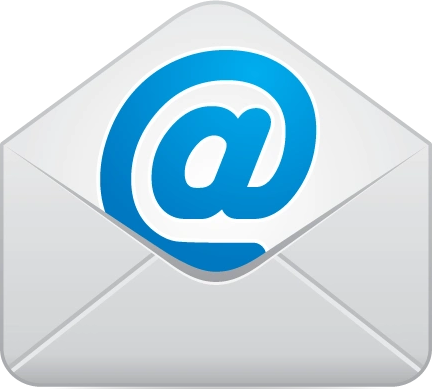External terminals and control functions of frequency converter
|
power input |
Equipped with three-phase AC power input terminals, used to connect the power input to the frequency converter. According to different power standards and load requirements, different power wiring methods can be selected, such as star wiring or delta wiring. |
|
motor output |
Used to connect the motor to the frequency converter and achieve speed control of the motor. The motor output terminals are usually composed of three-phase output terminals, corresponding to the three-phase inputs of the motor. By adjusting the output frequency and voltage through a frequency converter, the motor speed can be precisely controlled. |
|
SPEED FEEDBACK |
Used to receive feedback signals of motor speed to achieve closed-loop control. By comparing the speed feedback signal with the set target speed, the frequency converter can automatically adjust the output frequency and voltage to keep the actual speed of the motor consistent with the set value. |
|
pulse output |
Used to connect external instruments and equipment, such as counters or encoders, to achieve position or velocity feedback control. The frequency converter transmits the rotational information of the motor by outputting pulse signals to achieve more accurate position or speed control. |
|
Analog input/output |
Has several analog input/output terminals for connecting control signal sources or receiving external control signals. The analog input terminal can receive external analog control signals, such as voltage or current signals, to adjust the output frequency and voltage of the frequency converter. The analog output terminal can output parameters such as motor speed and current for external device monitoring and control. |
|
Digital input/output |
Has several digital input/output terminals for connecting external devices such as control switches, buttons, sensors, etc. The digital input terminal can receive external switch signals, such as start, stop, or speed setting signals, to achieve basic operation control of the frequency converter. The digital output terminal can output signals such as alarms and fault information for external device monitoring and control. |
|
communication interface |
It has various communication interfaces, such as RS485, Modbus, Profibus, etc., used for communication with external devices such as PLC, human-machine interface, and upper computer. Through communication interfaces, remote monitoring, control, and data exchange with other devices can be achieved. |





